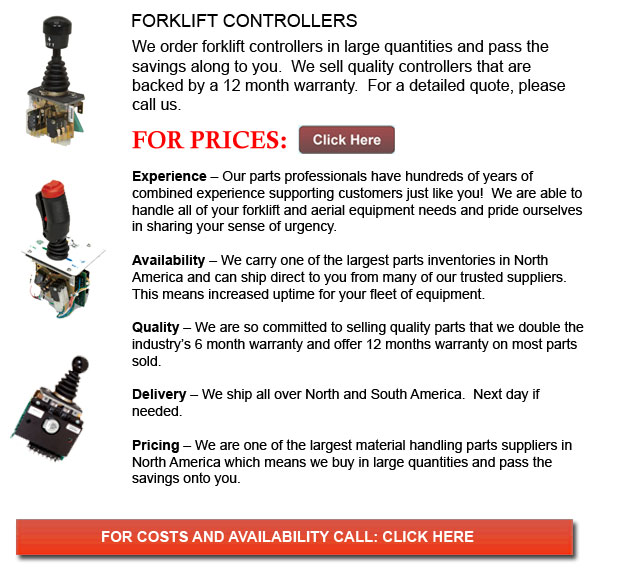
Forklift Controller - Forklifts are obtainable in several load capacities and various models. The majority of forklifts in a typical warehouse surroundings have load capacities between one to five tons. Bigger scale models are used for heavier loads, like loading shipping containers, could have up to fifty tons lift capacity.
The operator could make use of a control in order to raise and lower the tines, which are also referred to as "tines or forks." The operator could also tilt the mast to be able to compensate for a heavy load's propensity to angle the blades downward to the ground. Tilt provides an ability to operate on rough ground also. There are yearly contests intended for skillful forklift operators to contend in timed challenges as well as obstacle courses at regional lift truck rodeo events.
All forklifts are rated for safety. There is a specific load limit and a specified forward center of gravity. This essential info is provided by the manufacturer and positioned on the nameplate. It is essential cargo do not exceed these details. It is against the law in lots of jurisdictions to interfere with or remove the nameplate without obtaining consent from the lift truck manufacturer.
Nearly all forklifts have rear-wheel steering so as to increase maneuverability. This is specifically helpful within confined spaces and tight cornering areas. This kind of steering differs rather a little from a driver's initial experience along with various motor vehicles. Because there is no caster action while steering, it is no required to use steering force so as to maintain a constant rate of turn.
One more unique characteristic common with lift truck operation is instability. A continuous change in center of gravity takes place between the load and the lift truck and they must be considered a unit during utilization. A lift truck with a raised load has centrifugal and gravitational forces which may converge to cause a disastrous tipping mishap. In order to prevent this possibility, a forklift should never negotiate a turn at speed with its load raised.
Lift trucks are carefully built with a cargo limit meant for the forks. This limit is lowered with undercutting of the load, that means the load does not butt against the fork "L," and also lowers with tine elevation. Usually, a loading plate to consult for loading reference is situated on the forklift. It is dangerous to use a lift truck as a worker hoist without first fitting it with certain safety devices like for instance a "cherry picker" or "cage."
Forklift use in warehouse and distribution centers
Forklifts are an essential part of distribution centers and warehouses. It is essential that the work environment they are situated in is designed so as to accommodate their efficient and safe movement. With Drive-In/Drive-Thru Racking, a forklift has to go in a storage bay which is multiple pallet positions deep to put down or take a pallet. Operators are usually guided into the bay through rails on the floor and the pallet is positioned on cantilevered arms or rails. These confined manoeuvres need skilled operators so as to do the job efficiently and safely. As each and every pallet needs the truck to go in the storage structure, damage done here is more frequent than with other kinds of storage. Whenever designing a drive-in system, considering the size of the fork truck, as well as overall width and mast width, must be well thought out to be able to make certain all aspects of a safe and effective storage facility.
![]() Click to Download the pdf
Click to Download the pdf
Forklift Parts
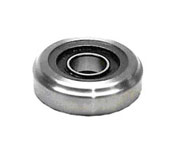
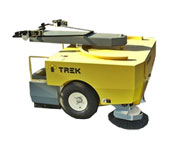
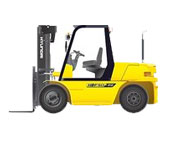
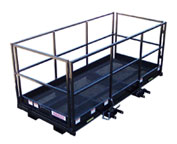
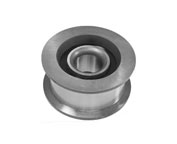
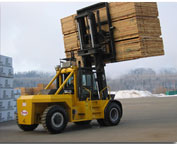
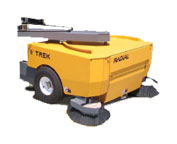
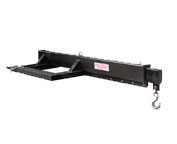
Lift Parts Express
TOLL FREE: 1-888-695-7994
LOCAL: 682-267-0328
209 West 2nd Street #141
Fort Worth, Texas
forkliftpartsfortworth.com
Email Us
About Us


